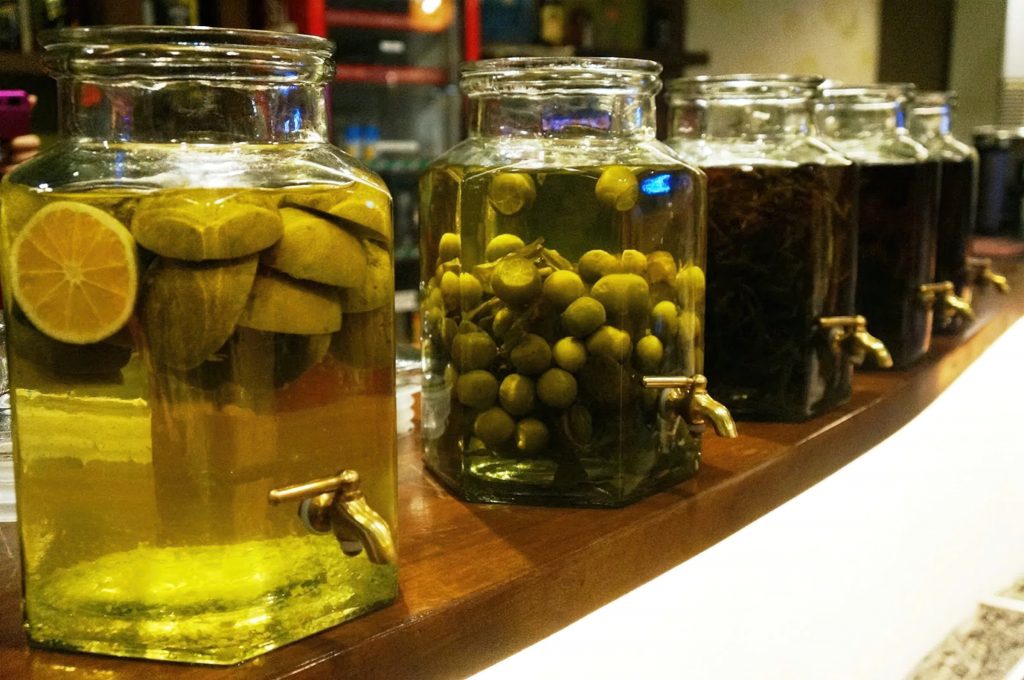Dive into the world of culinary infusions with our comprehensive guide to unlocking the full potential of flavors in your dishes. From oils to vinegars, alcohols to syrups, discover the art and science behind this transformative cooking technique that will elevate your culinary game.
Understanding Infusion Basics
Infusing is a technique that extracts flavors, colors, and nutrients from various ingredients. It can elevate dishes and drinks by adding complex flavors and aromas. Infusion is a versatile method used for oils, vinegars, spirits, and even water. Commonly infused ingredients include herbs, spices, fruits, and vegetables. Let’s dive into the science of infusing and learn how to perfect this technique.
The Science Behind Infusions
Infusions work through a process called passive diffusion, where molecules from a high concentration area move to a low concentration area. The solvent, often oil or alcohol, dissolves the soluble components of the infusing ingredient, releasing its flavors and aromas. The process is affected by factors such as temperature, time, and the ratio of solvent to ingredient.
Choosing the Right Ingredients and Solvent
Selecting the right ingredients and solvent is crucial for a successful infusion. The solvent should effectively dissolve the flavor compounds while maintaining their integrity. Common solvents include oils, vinegars, alcohol, and water. The choice of ingredients depends on personal preferences and the desired final product. Fresh, high-quality ingredients will yield the best results.
Infusion Techniques and Tips
Cold Infusion: This method is ideal for delicate ingredients such as herbs and flowers. Submerge the ingredients in the solvent and store in a cool, dark place. The infusion time may vary from a few hours to several weeks, depending on the desired intensity.
Hot Infusion: Suitable for more robust ingredients like spices, hot infusion involves heating the solvent and ingredients together. This method speeds up the extraction process but may affect some heat-sensitive flavors.
Agitation: Gently stirring or shaking the infusion periodically can speed up the process by promoting better solvent circulation.
Straining: After the desired infusion intensity is achieved, strain the mixture using a fine mesh sieve or cheesecloth to remove any solid particles.
Advanced Infusion Techniques
Apart from the traditional infusion methods, there are advanced techniques that can provide faster and more precise results. Let’s explore some of these techniques.
Sous Vide Infusion: Sous vide is a method of cooking where ingredients are vacuum-sealed in a bag and cooked in a temperature-controlled water bath. This technique can also be used for infusions. The advantage of sous vide infusion is precise temperature control, which can extract flavors more efficiently without damaging heat-sensitive compounds. To use this method, place the ingredients and solvent in a vacuum-sealed bag, set the water bath to the desired temperature, and immerse the bag for the recommended time.
Pressure Infusion: This technique involves using a whipped cream dispenser and nitrous oxide (N2O) chargers to speed up the infusion process. The pressurized environment forces the solvent to penetrate the ingredients quickly, extracting flavors in just a few minutes. To perform a pressure infusion, add the ingredients and solvent into a whipped cream dispenser, charge with nitrous oxide, and let it sit for a few minutes. Release the pressure slowly, strain, and enjoy your infused creation.
Ultrasonic Infusion: Ultrasonic infusion uses high-frequency sound waves to break down cell walls, releasing flavors and compounds more efficiently. This technique requires an ultrasonic cleaner, a device typically used for cleaning jewelry and other small items. Place the ingredients and solvent in a container, submerge it in the ultrasonic cleaner’s water bath, and run the device for the desired time.
As you explore these advanced infusion techniques, you’ll discover new ways to extract and combine flavors, taking your culinary creations to new heights. Don’t be afraid to experiment with different solvents, ingredients, and methods to find the perfect balance and intensity for your infused masterpieces. Happy infusing!

